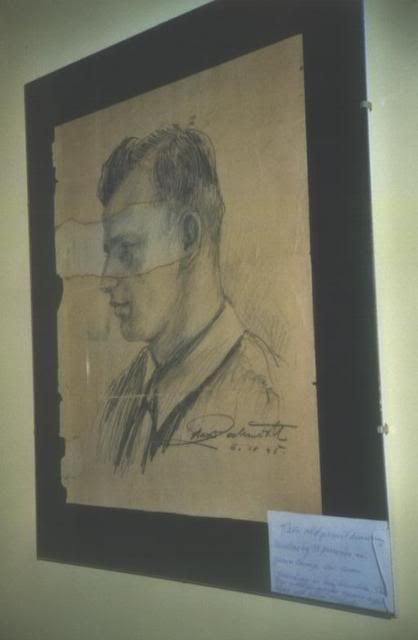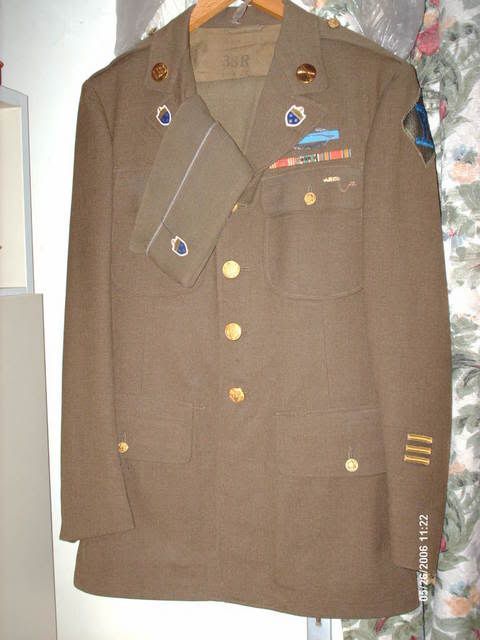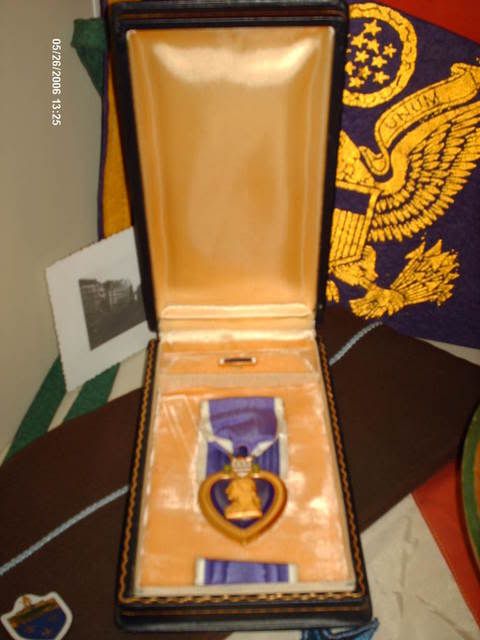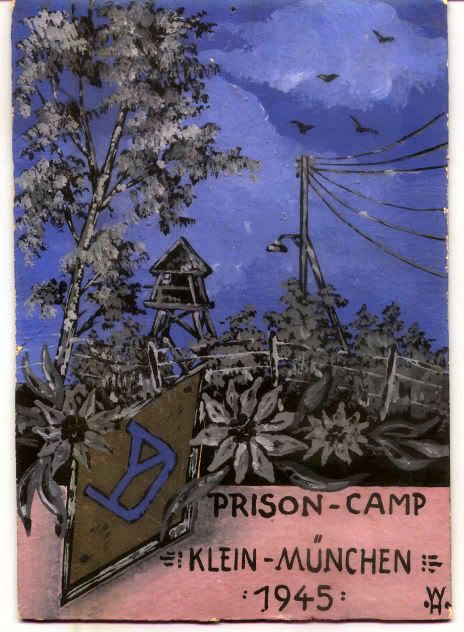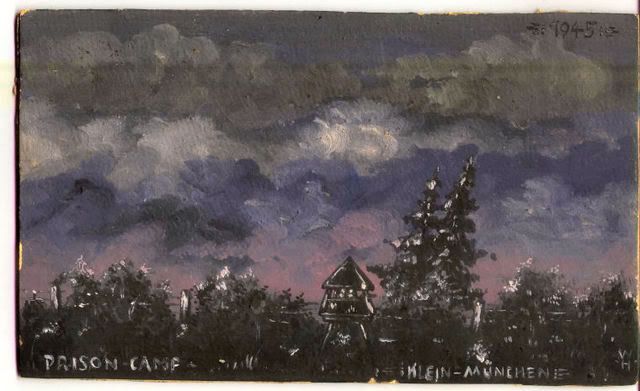James A Demopoulos
I had just turned 18 in October 1943 when I was drafted and went to Fort Jackson, South Carolina (this is close to Charlotte) and was with 981 Combat Engineers. Took basic training there and then went to Camp Ellis, Illinois (by Maxton) for specialized training in destroying pillboxes, barb wire set ups and all types of explosives etc.Was sent to Camp Carson, Colorado for the final bit of training and then over to Europe (England) where we landed at Bournemouth and had some more special training.
We were attached to 29th Infantry Division and were 3rd wave on D-Day. Our job was insane; we were to clear the way through the minefields and pillboxes and obstacles so the infantry could advance. We finally made it but lost a lot of guys in the process.
Went all through the war, the breakout at St. Lô and all the way across France. The hedgerows of France really cost us a lot of casualties.
Our outfit was in the area close to the town of Nancy, France, when it was broken up; this was around December 10 or 12 and I was sent to 26th Division (328th Infantry Regiment, A Company), others to 29th Division and 90th.
The towns of Rambrouch, Grosbois, Bavignie and Wiltz, Fischbach are the general area I was in in the Bulge.
Around the middle of January we were sent to Saarlauteren, Germany to break through an important town in the Siegfried Line and after that the race across Germany.
When the war ended we were in the town of Oberheid, Czechoslovakia and guarded some SS-prisoners for a while, then Division was sent home. I didn’t have enough points of service in months to go home and had to stay and finally returned to the US April 1946.
The weapons I used in the Bulge were the 30 cal BAR which I carried all over Belgium and Luxembourg and it was heavy 17 ½ lbs plus 1 ½ lbs per 20 round clip. I carried 15 clips plus all the other stuff.
I used the bazooka, satchel charges of explosives, hand grenades and plastic composition C explosives, personnel mines and AT mines.
“We went to the Normandy beaches and saw where our outfit landed. It was strange for me to be there, standing upright and not crawling. The silence was so loud. It was a very very emotional time for me at the beaches. We lost so many good men. I still have nightmares over this. They say that a man who has never seen combat, is like a woman who has never had a child. It’s impossible to convey to anybody who has not had that experience just how it is.â€
I was very lucky when we landed. It was about 8 am. With what was going on I wasn’t looking at my watch. The 3rd wave was really hit harder than the other 2, because the GIs had a chance to dig in and the Germans had time to recover from the surprise etc. Our objective was to clear the way for the infantry to advance through the barb wire, mines, pillboxes etc and we had an impossible task but we did it. A lot of mistakes were made, especially when we were to land. We were on LCI and in theory they were supposed to drive the landing craft up on to the beach and drop the front ramp so we could get out.
The weather was very bad, everybody was sick and the smell of vomit was all over. They gave us 3 paper sacks to vomit in and toss overboard but a lot of guys never had the time to do so and vomited where they were.
When we landed we didn’t land where we supposed to but down the coast a bit. Anyway when we landed and the ramp was dropped, we were up to our chest in the water. They didn’t go far enough on the beach and let the ramp down too soon. A lot of guys drowned because we were carrying quite a bit of stuff with us and they couldn’t make it to the shore. We were supposed to have tanks supporting us but we never had any. We saw a couple of tank about 2 – 3 hours later. Seems that the tanks were let off too far from shore even with ramps down and the guys were drowned. They never had a chance to fire a shot. Some screw up. This was never put in papers or newsreels etc. We had quite a hard time knocking out the pillboxes because they had such a commanding view of us while we were still in our landing crafts. We used plenty of bazookas to knock out the pillboxes. It wasn’t until we had knocked out the pillboxes that we found out that we had been shooting at pillboxes that were already silenced. The Germans had blankets held up in front of the machine guns and shot through them so that we could be looking straight at them, we couldn’t see the flashes. With the big guns it was different. It took quit a bit of bazookas and satchel charges to knock them out. We lost a lot of guys out there doing this. I was lucky that I didn’t get killed there but I got wounded later on.
The countryside in France is loaded with hedgerows. These are mounts of dirt and leaves and branches of trees and bushes grown around the farmer’s fields and separate his cow pasture from his sheep or apple orchard etc. This fighting through France was very difficult, because you were very exposed on your sides and it was very difficult to know exactly where your line was and so was the enemy. Later on, they solved partially the problem of breaking through the hedgerows by welding a snow plow or scoop on the front of a tank and the tank could just push its way right through the hedgerow. We lost a lot of tanks but we got the job done.
The fighting in towns is very different because in house to house combat there are so many places and areas you would be exposed and the enemy can see you but you couldn’t see him. Especially when he was up on the 2nd or 3rd floor or higher.
It was in France, I don’t know the name of the town or rather the village that I had the closest call that I had in my entire life. It was about dusk that a sniper shot at me in the bombed out house. I couldn’t see him but I heard the shot and I could hear him pulling back the bolt on his rifle and the empty round dropping to the floor and ramming another round. The bullet was so close, so very close. I could feel the rush of air by my right ear as it passed. This was the closest that I came to getting killed. They shot at us with artillery and mortars and machine guns but a lot of them were close, this was the only time that I can say I really almost got it. We did our job and that was it.
Excerpts from several letters.
I thought it would be interesting to tell his story here.
Erwin





